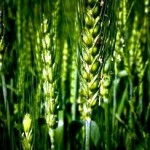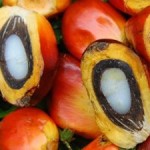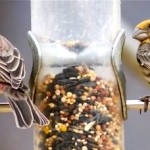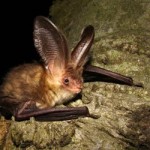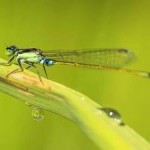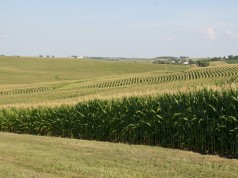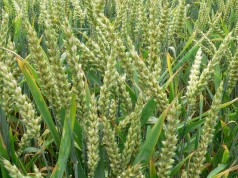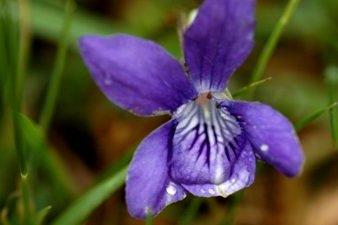“Neonicotinoids were always regarded as selective toxins. But our results suggest that they may affect the entire ecosystem. This study shows how important it is to have good sets of field data, and to analyse them rigorously. Thanks to our partnership with organisations such as Sovon, we can discover ecological effects that would otherwise be overlooked,” says De Kroon.
The research is partly funded by NWO, the Dutch Science Council.
The Birds in the Study
Marsh warbler; sedge warbler; reed warbler; skylark; meadow pipit; yellowhammer; icterine warbler; barn swallow; western yellow wagtail; Eurasian tree sparrow; willow warbler; European stonechat; starling; common whitethroat; and mistle thrush.
Check the following link to read/download the Full Study – “Declines in Insectivorous Birds are Associated with High Neonicotinoid Concentrations”:
http://www.nature.com/nature/journal/v511/n7509/full/nature13531.html
Source: Radboud University Nijmegen.

